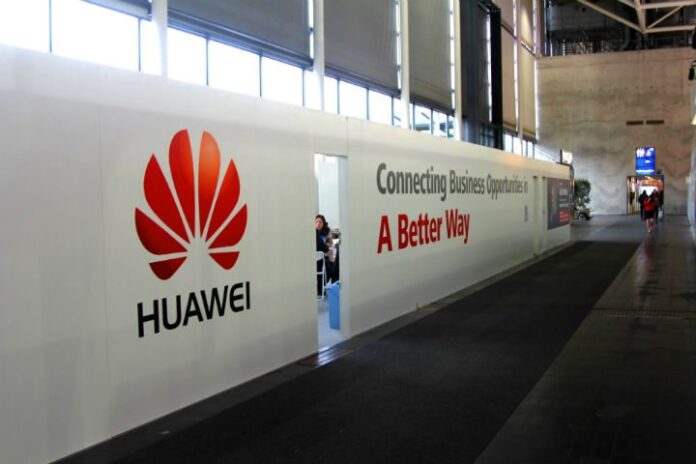Huawei claims the OSSaaS platform maximized ROI, operating efficiency, service agility
The evolution of telecom networks continues to see legacy systems move toward new delivery platforms, the latest of which is Huawei’s unveiling of an operation support system-as-a-service option.
Huawei said the OSS-as-a-service platform is designed to maximize return on investment and operation efficiency, and increase service agility for telecom operators, which are similar claims to those of virtualized network moves using network functions virtualization, software-defined networking and cloud services.
Highlighting the benefits, Huawei claims its OSSaas offering allows for support based on “best value-aligned rather than function-aligned” use cases; provides for centralized control and governance; includes “global practices and the operations processes” designed to work with software; and provides for better hardware, software packages and third-party software to reduce potential maintenance requirements.
Huawei claims customer wins with large telecom operators, including deployments spread across the Middle East and Africa.
The company last year bolstered its OSS business with the acquisition of Australia-based Fastwire.
Huawei in 2013 also joined Nokia Siemens Networks (now Nokia Networks) and Ericsson in the OSS interoperability initiative. That program involves the three vendors agreeing to cross-license the OSS interfaces used for “multi-vendor network management,” which is seen as significant as operators are increasingly using multiple vendors for their network and support system needs.
Cisco Systems and Tektronix last week signed three-year deals with Ericsson as part of the OSSii that calls for Cisco to use the platform for its self-optimized network product, with Tektronics using the platform for its TrueCall geoanalytics service. Those moves followed a similar agreement between Reverb Networks and Nokia.
Bored? Why not follow me on Twitter

